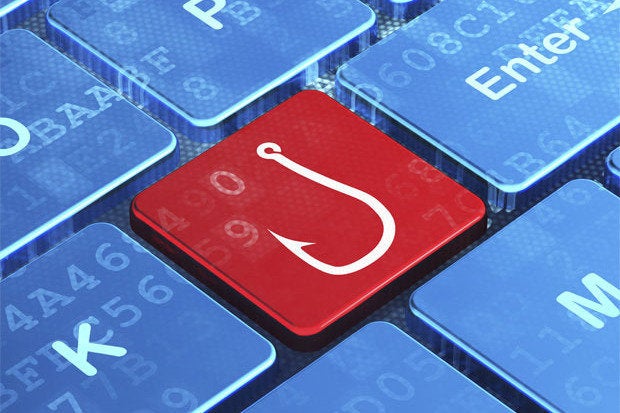Free tool automates phishing attacks for Wi-Fi passwords!
Posted by Unknown on 15:13 with No comments
 A new open-source tool can be used to launch phishing attacks against users of wireless networks in order to steal their Wi-Fi access keys.
A new open-source tool can be used to launch phishing attacks against users of wireless networks in order to steal their Wi-Fi access keys.
Gaining access to a WPA-protected Wi-Fi network can be extremely valuable for attackers because it puts them behind the firewall, in what is generally a high-trust zone. This allows them to mount man-in-the-middle attacks against the network's users to steal sensitive data and authentication cookies from unencrypted traffic.
A common method of breaking into wireless networks that use the WPA2 (Wi-Fi Protected Access II) security protocol is to set up a rogue access point that mimics the real one -- this is known as an evil twin -- and capture a client's handshake when he or she attempts to authenticate to it. The handshake can then be fed to a brute-force cracking program or service to recover the WPA2 pre-shared key, but this is not always successful, especially if the password is long and complex.
Wifiphisher, a new tool created by an IT security engineer identified as George Chatzisofroniou and published on GitHub, takes a different approach -- one that historically has had a high rate of success: social engineering.
"Wifiphisher is a security tool that mounts fast automated phishing attacks against WPA networks in order to obtain the secret passphrase," Chatzisofroniou said in the tool's description. "It is a social engineering attack that unlike other methods does not include any brute forcing."
Like many other freely available security tools, Wifiphisher can be used by both security professionals -- for example during penetration testing engagements -- and by malicious attackers. The tool does not exploit any new vulnerabilities; it combines known methods to automate a Wi-Fi attack.
The attack launched with the tool, which was designed to work on Kali Linux -- a Linux distribution for security enthusiasts and penetration testers -- has three phases.
First the tool jams the traffic between the target access point and its clients by flooding both the AP and clients with de-authentication packets. It then sets up a rogue AP that mimics the real one.
"Consequently, because of the jamming, clients will start connecting to the rogue access point," Chatzisofroniou said.
In the third phase, when a user connected to the rogue access point tries to open a website, the AP will display a phishing page instead asking the user for their wireless password.
The default phishing page provided by the tool masquerades as a router configuration page that claims a firmware upgrade is available for the device and that the WPA password is required to initiate the update process.
The page can easily be customized for a particular attack. In many cases it is possible to find out a wireless router's model without being connected to the Wi-Fi network by using various device fingerprinting techniques. That information can be included on the page to increase its credibility.
In hotels and other public spaces, a different message could be used to trick users to re-enter their Wi-Fi passwords. For example, a message related to security or authorization would likely convince many users to retype the WPA passwords for their personal hotspots, especially given recent news that hotels are looking to start blocking unauthorized Wi-Fi devices.
In October, hotel chain Marriott International agreed to pay $600,000 to settle a complaint from the Federal Communications Commission that it used Wi-Fi blocking technology at one of its properties to force guests to pay for Internet access through the hotel's own network.
Marriott, the American Hotel & Lodging Association and Ryman Hospitality Properties filed a petition with the FCC asking the agency to declare that Wi-Fi operators have a right to manage their networks using FCC-approved equipment even if this causes interference to other Wi-Fi devices used by guests. In a recent statement on its site Marriott said that this matter stems from a need to contain rogue and imposter Wi-Fi hotspots that attackers might install in hotel meeting and conference spaces and does not apply to Wi-Fi access in hotel guestrooms or lobbies.




0 comments:
Post a Comment